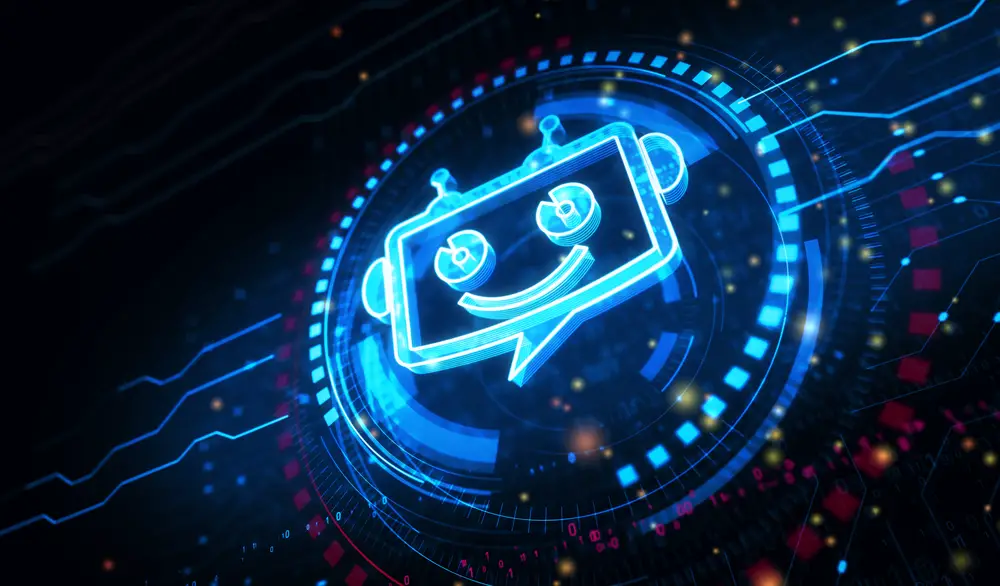Click here to get this post in PDF
Chatbots and conversational AI (or Generative/Gen AI) have emerged as transformative technologies in the evolving digital communication landscape. While often used interchangeably, they represent different facets of interactive technology. Understanding the distinctions between chatbots and conversational AI is crucial for businesses and developers aiming to leverage these tools effectively.
Defining Chatbots and Conversational AI
At their core, chatbots are software applications designed to simulate human conversation. They function based on pre-defined rules and scripts, often following a decision-tree model to provide responses. Traditional chatbots operate using simple keyword matching and fixed responses, making them well-suited for straightforward, repetitive tasks.
Conversational AI, often referred to as Gen AI, represents a more advanced approach to interaction technology. It encompasses a broader range of tools and techniques, including natural language processing (NLP), machine learning, and context-aware processing. Conversational AI systems are designed to understand, learn, and adapt to user inputs over time, enabling more dynamic and human-like interactions.
Key Differences
- Complexity of Interaction
The most significant difference between chatbots and conversational AI is the complexity of interaction they support. Chatbots are typically rule-based and rely on predefined pathways to guide conversations. This limitation means they may struggle with unexpected queries or complex user needs. For instance, a customer service chatbot might effectively handle routine inquiries about store hours or order statuses but falter when faced with more nuanced questions or unusual scenarios.
Conversational AI systems, however, are equipped to handle a broader range of interactions. They leverage advanced NLP algorithms to understand context, sentiment, and nuances in human language. This capability allows them to manage more complex conversations and provide responses that feel more natural and personalized. For example, a conversational AI might help users navigate a healthcare service by understanding their specific symptoms, preferences, and medical history, thus offering tailored advice and recommendations.
- Learning and Adaptability
Chatbots generally operate on static scripts and predefined rules, which means their learning ability is limited. They don’t improve their performance or adapt based on user interactions unless manually updated by developers. This can be a drawback if the chatbot encounters new queries, is dealing with complicated products, or if users’ needs evolve over time.
Conversational AI systems, in contrast, are designed to continuously learn and improve. They use machine learning models to analyze user interactions, identify patterns, and refine their responses. This adaptability allows conversational AI to evolve and become more effective over time, handling increasingly complex queries and providing more relevant and accurate responses.
- Contextual Understanding
One of the strengths of conversational AI is its ability to understand and retain context throughout a conversation. This means it can handle multi-turn dialogues where context from earlier interactions influences subsequent responses. For example, if a user asks about flight options and then inquires about hotel bookings, a conversational AI can seamlessly connect these topics and provide relevant information based on the user’s overall travel needs.
Traditional chatbots, however, often lack this level of contextual awareness. They may handle each query in isolation, which can lead to fragmented or irrelevant responses if the user’s query spans multiple topics or requires reference to previous interactions.
Use Cases
- Customer Service
Chatbots are widely used in customer service for handling routine queries, booking appointments, and providing information about products or services. Their ability to operate 24/7 and manage repetitive tasks makes them an efficient tool for businesses looking to streamline customer support operations.
Conversational AI takes this a step further by offering more personalized and context-aware support that will align with your brand’s tone and voice. For instance, a conversational AI system can engage with users in a more human-like manner, understand their specific needs, and provide tailored assistance. This can enhance customer satisfaction and improve overall service quality.
- E-Commerce
In e-commerce, chatbots can assist with tasks such as tracking orders, processing returns, and answering product-related questions. Their role is often limited to handling straightforward transactions and inquiries.
Conversational AI, however, can enrich the shopping experience by offering personalized product recommendations, assisting with complex queries, and guiding users through a more interactive shopping or support journey. By understanding user preferences and behaviors, conversational AI can drive higher engagement and conversion rates.
- Healthcare
In the healthcare sector, chatbots can be used for scheduling appointments, sending reminders, and providing basic information about health services. They are useful for managing routine administrative tasks but may struggle with more complex patient interactions.
Conversational AI has the potential to revolutionize healthcare by offering more advanced patient engagement. It can assist with symptom checking, provide personalized health advice, and even support mental health initiatives through empathetic and contextually aware interactions.
In summary, while chatbots and conversational AI share the goal of enhancing user interaction, they differ significantly in their capabilities and applications. Chatbots are ideal for handling simple, repetitive tasks with predefined responses, whereas conversational AI offers a more sophisticated approach with its ability to understand, learn, and adapt to complex interactions. As technology continues to advance, the choice between chatbot vs conversational AI will depend on the specific needs and objectives of the application at hand. Understanding these differences can help businesses and developers make informed decisions and leverage these technologies to their fullest potential.
You may also like:
How Charities Can Use Chatbots to Drive Revenue and Engagement
How to Grow Your Shopify Revenue with an E-Commerce Chatbot
Image source: DepositPhotos.com

